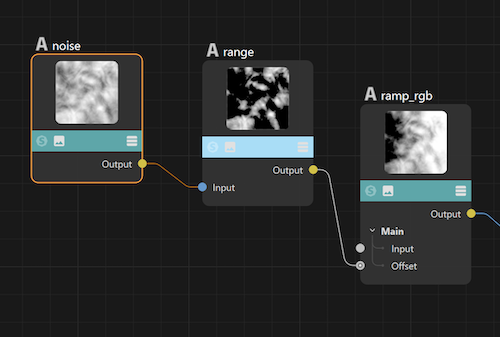Ramp - Arnold User Guide
These shaders provide a gradient ramp for RGB output and a spline ramp for float output. As points are added, edited, or deleted on the curve or gradient, corresponding inputs are created dynamically for the Position, Color (or value), and Interpolation. These inputs are then available to link upstream shaders so that noises and textures can be plugged in. Effects can be created by using a Ramp Float shader to drive the displacement and a Ramp RGB shader to drive the color. Internally, the shaders use lazy caching of the parameters of the curves and give intermediate results. Therefore, both ramp shaders are faster when not textured or when only some of the parameters are textured.
 |
 |
| ramp rgb applied using the V coordinates as input (Type) | ramp float used as displacement showing Catmull-Rom, constant, and linear interpolation |
Type
Allows you to select from built-in ramp modes (like U, V, Circular, etc.) or a custom mode where the mapping is controlled by the Input parameter.
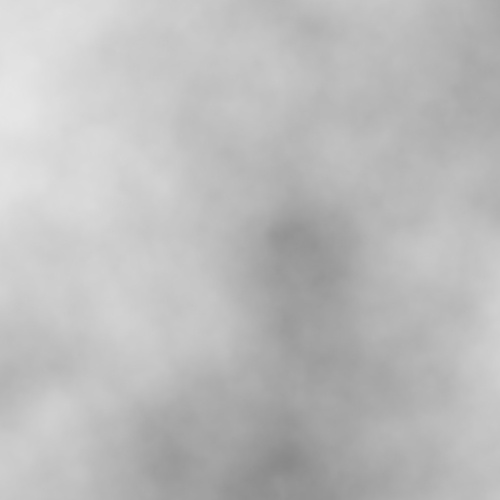 |
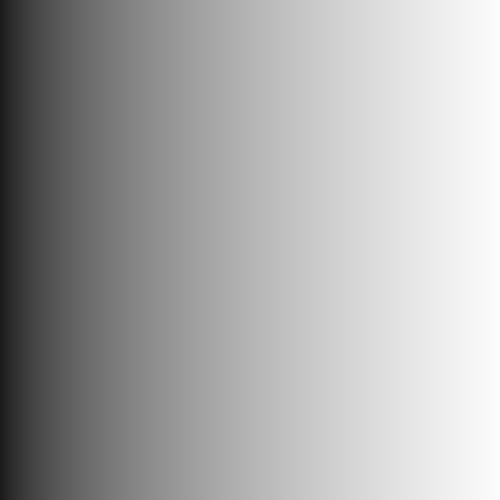 |
 |
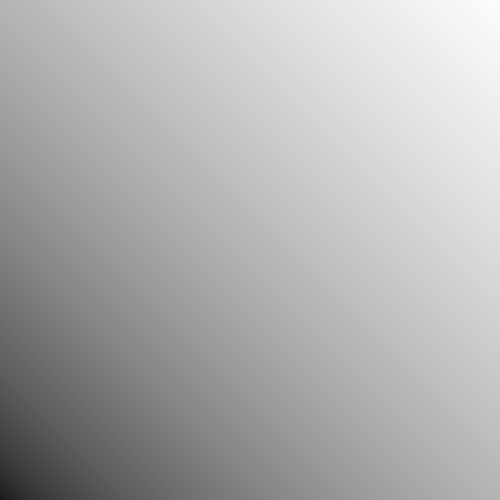 |
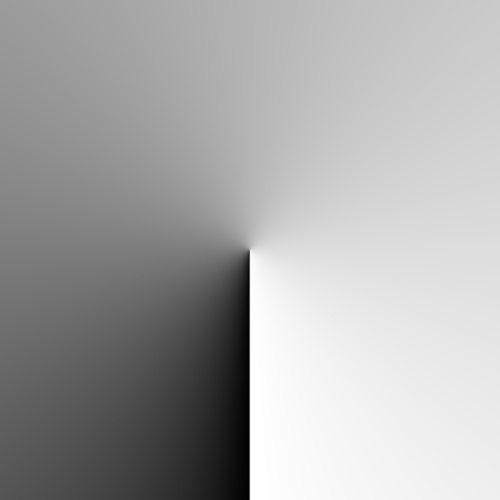 |
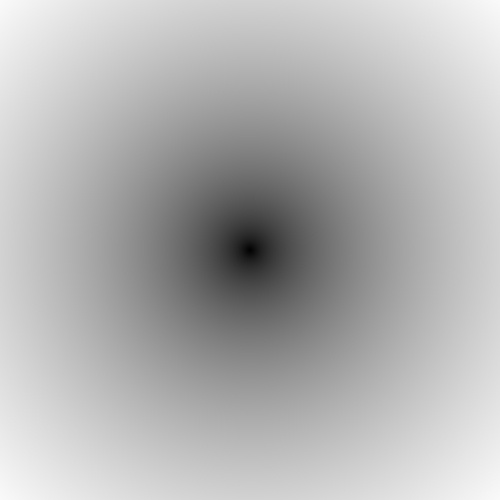 |
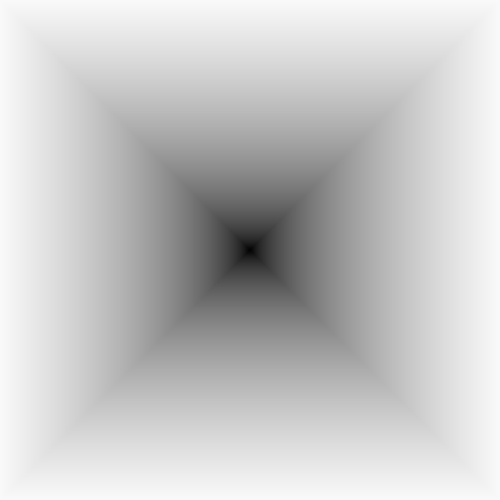 |
| custom | u | v | diagonal | radial | circular | box |
 |
 |
 |
| 3d linear | 3d spherical | 3d cylindrical |
Time computes the input based on the current time and the camera's start and end shutter interval. In the images below, the motion-blurred planes have a flat shader that changes colors through the shutter time.
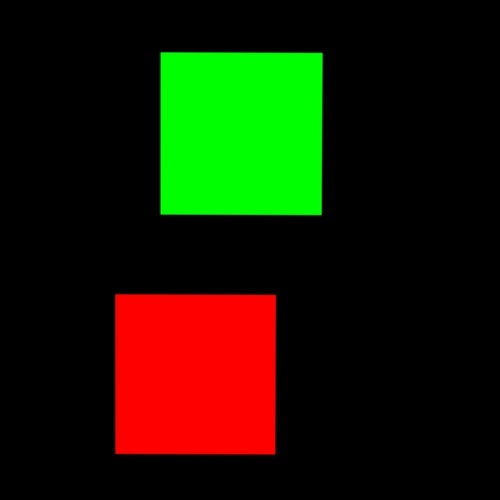 |
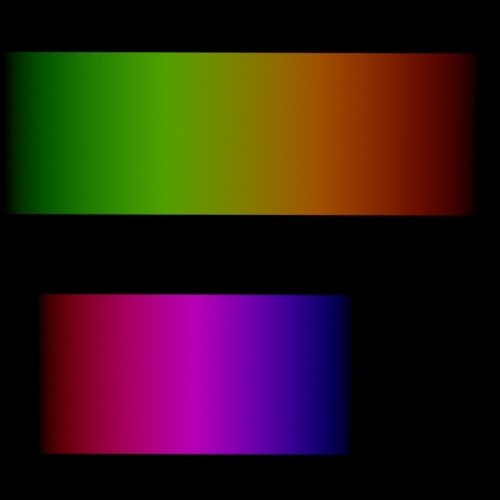 |
| Time. Motion Blur: disabled. | Time. Motion Blur: enabled. |
Input
Allows the value/color of an incoming shader to be remapped.
Ramp
Gradient (Ramp RGB) and spline (Ramp Float) controls to define control points. Colors can be added by clicking on the desired position on the ramp.
Interpolation
Integer array of interpolation types for each curve point. The available types are:
- 0: Constant
- 1: Linear
- 2: Catmull-Rom
- 3: Monotone Cubic
Control
Wrap
Controls how the ramp input repeats. Available values are: Clamp, Periodic and Mirror.
Offset
Offsets the ramp input.
Info: You can add noise to the ramp by linking a noise shader to the Offset. Noise shaders output values in [0,1] range, which means the ramp is shifted to one direction. You can map the output to [-1,1] with a range shader if you want to offset the ramp from the center.
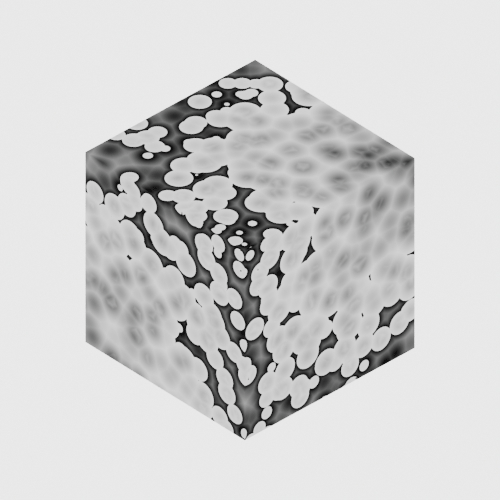 |
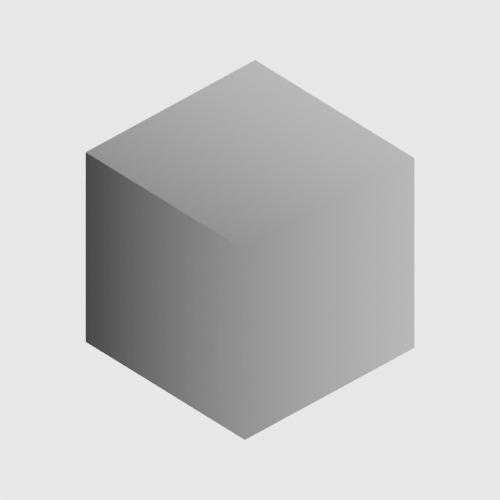 |
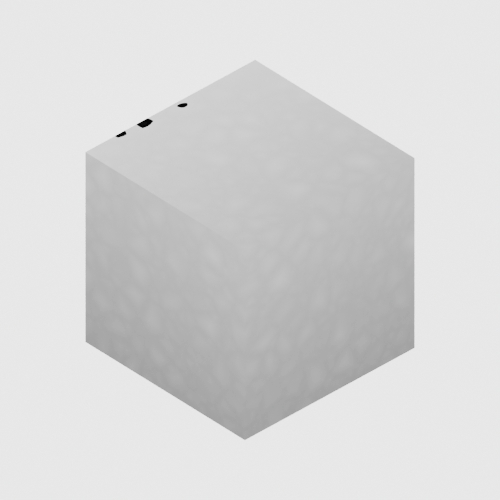 |
| worley noise (3d spherical) | cell noise (u) | alligator noise (v) |
Offset Scale
Scales the ramp input offset.
UV Set
UV set to use for input coordinates. A string with the name of the UV set to use to sample the image. By default, when the uvset parameter is empty, the primary UV set in the polymesh will be used. Example: If you have created a UV set in a polymesh node called "UVset2", then you can use it by setting the uvset parameter to "UVset2".
Implicit UVs
Use the implicit (barycentric) per-primitive coordinates instead of the UVs. This is mostly useful with curves, where it gives coordinates varying along each hair strand.
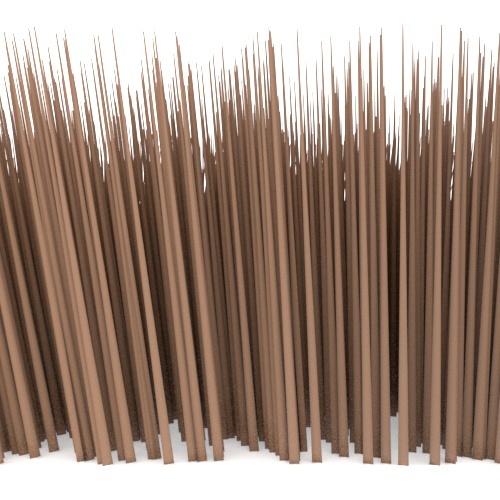 |
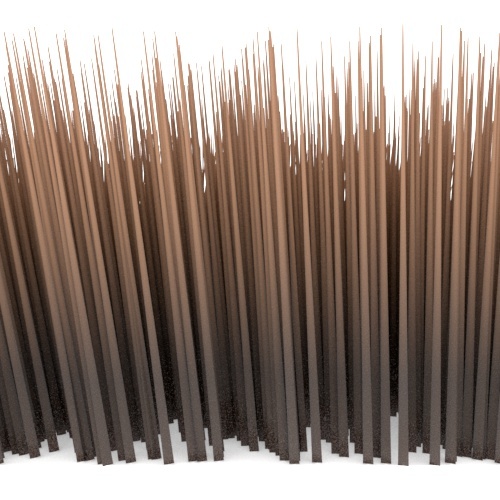 |
| Disabled (default) | Enabled |
Wrap UVs
Wraps the input UV coordinates between [0,1] so that it applies to different UV ranges or UDIMs.
Start
The start point or center point of the ramp for 3D modes (3d linear, 3d spherical, and 3d cylindrical).
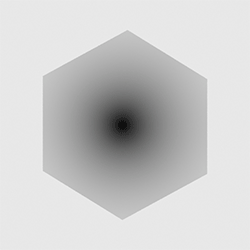
start x: -1 to 1
End
The end point of the ramp for 3d linear and 3d cylindrical modes.
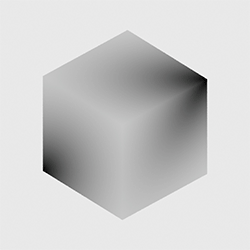
end x: 0 to 1
Radius
The radius from the center that defines the end point of the ramp for 3d spherical and 3d cylindrical modes.
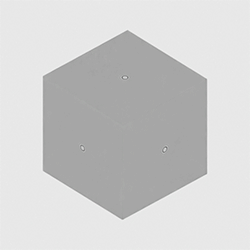
radius: 0 to 1
Coord Space
Specifies the coordinate space used for calculating the gradient or spline ramp input in 3D modes.

